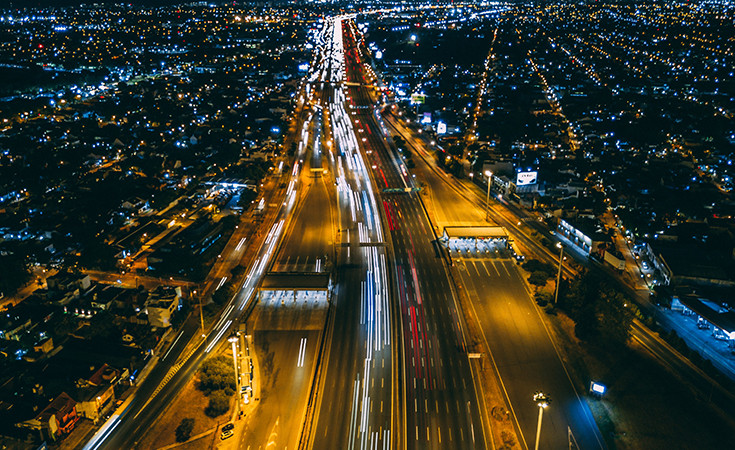
July 9 Avenue or 9 de Julio Avenue – the main avenue i.e. boulevard of Buenos Aires is called the 9 de Julio Avenue, named after the national day of independence, 9th July, 1816. The construction of this impressive avenue started in 1930, only to be finished in 1980, when it took the title of widest street in the world.
This broad avenue is located about a kilometer to the west of Rio de la Plata. The bustling street is 140 meters wide, housing an astounding 12 lanes of traffic (six in each direction) and is almost impossible to cross without catching a red light. The avenue is an attraction you must see during your stay in Buenos Aires. While the traffic lights signal red, jugglers, fire-eaters and many other street artists start their short performances, the tips for which can be placed depending on how much you want to tip them. As with all main European avenues, trees are planted along the whole length of the street, which provide a true sight for sore eyes while you wait for the light to turn green. It’s important to note that many tourist attractions are situated along the 9 de Julio Avenue, all of which we highly recommend you visit if you get the chance.
The Metrobus 9 is 3 kilometers long and contains 13 stops which run along the same route as the C line of the Buenos Aires Metro. It boasts 11 bus lines and it saves 50% of the time needed to cross the avenue. The main goal of the Metrobus 9 is to connect the two most used railway stations of Buenos Aires: Retiro and Constitución, as well as to help the estimated 250 thousand people who use buses along the avenue evert day, shortening their commute from 30 to 15 minutes that the bus trip lasts for.